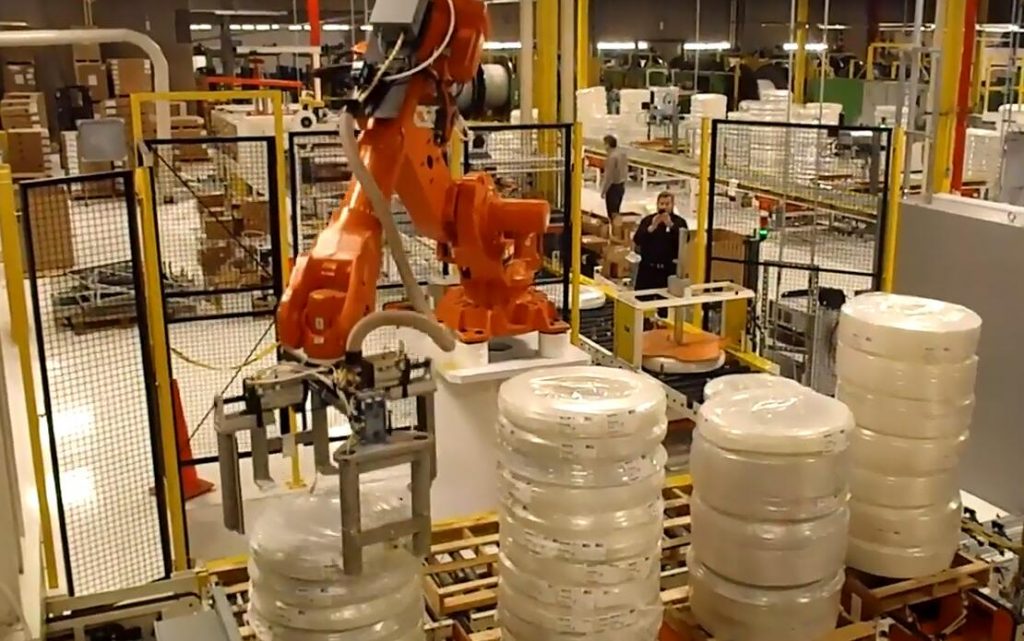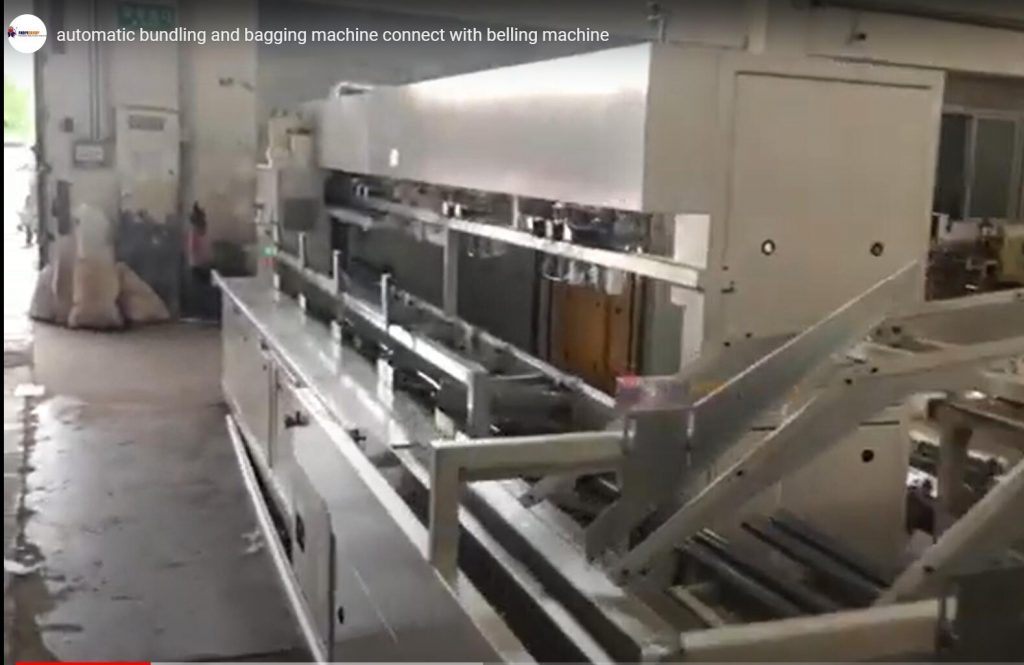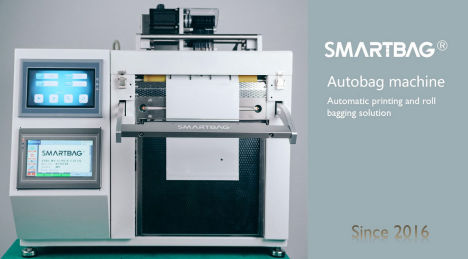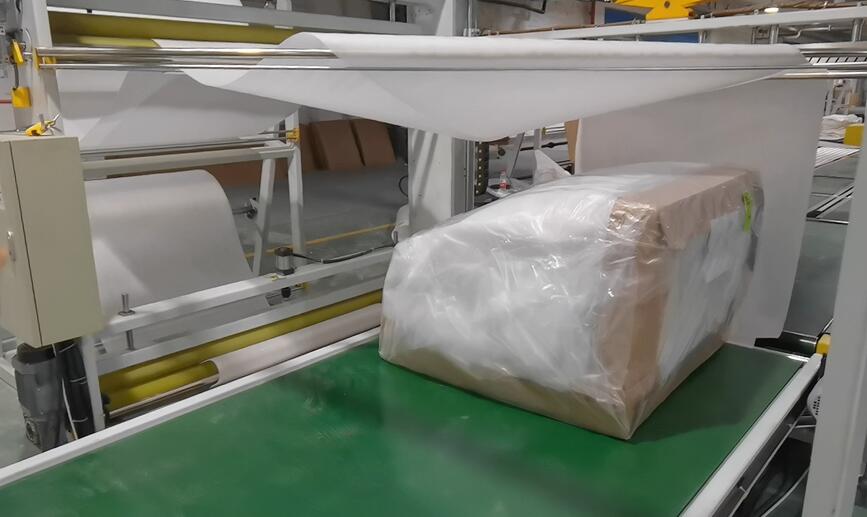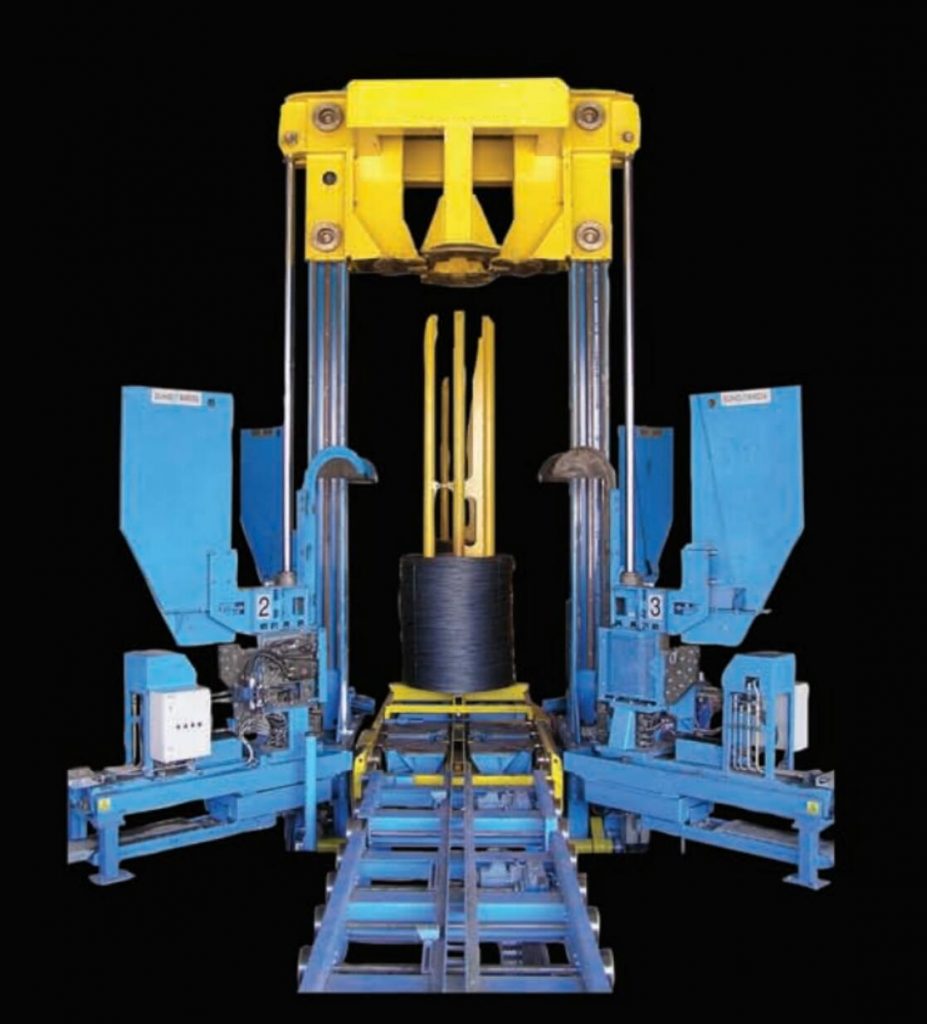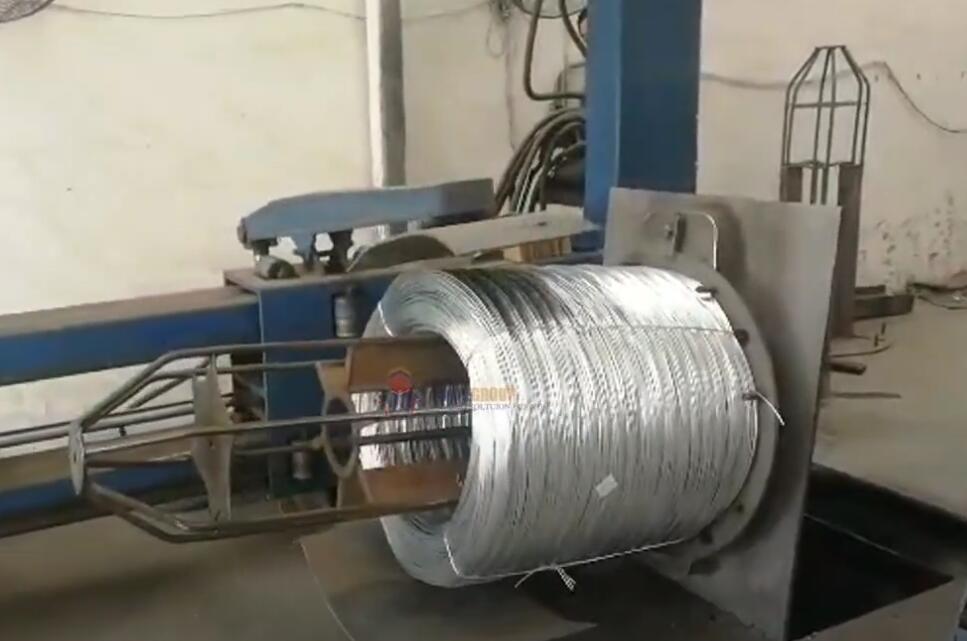Advanced Automated Packaging Line for Cold-Rolled Steel Coil Protection
Introduction: Mitigating Risks in Steel Coil Logistics
Cold-rolled steel coils represent significant value but are susceptible to damage during handling, transit, and storage. Corrosion, moisture ingress, and physical impacts can compromise material integrity, leading to costly rejections and claims. Implementing robust, automated packaging solutions is crucial for preserving asset value throughout the supply chain. Advanced systems, such as the FHOPE Cold Roll Steel Coil Packaging Line, address these challenges by integrating multiple protective layers and minimizing manual intervention, aligning with best practices outlined in standards like ASTM A700 (Standard Practices for Packaging, Marking, and Loading Methods for Steel Products for Shipment).
The Importance of Multi-Layered Protection Strategies
Effective steel coil packaging requires a systematic approach to counter various environmental and physical threats:

- Corrosion Control: Atmospheric humidity and contaminants are primary drivers of rust. Technologies like Vapor Corrosion Inhibitors (VCI) embedded in packaging materials (paper or film) create a protective molecular layer on the metal surface, significantly reducing corrosion risk, often meeting standards like MIL-PRF-3420 for VCI paper performance.
- Moisture Barrier: Preventing direct contact with water or condensation is essential. Impermeable barrier films, such as appropriately gauged stretch wrap, play a critical role.
- Physical Damage Prevention: Impacts during loading/unloading, shifting during transit, and abrasion require outer protective layers and edge protection to absorb shock and resist tearing.
Operational Breakdown: The FHOPE Automated Packaging Sequence
This automated line employs a sequential process designed for efficiency and maximum protection:
- Coil Loading & Transfer: Coils are initially handled using a C-hook mechanism, ensuring secure and precise placement onto the line's infeed conveyor or station. This minimizes potential damage from less controlled handling methods.
- Anti-Rust VCI Paper Application: An automated dispenser applies VCI-impregnated paper around the coil circumference. This layer actively inhibits corrosion by releasing protective vapors within the enclosed package environment.
- Stretch Film Wrapping: The coil is then tightly wrapped with multiple layers of stretch film. This stage is critical for:
- Moisture Barrier: Creating a seal against external humidity.
- Load Stabilization: Providing containment force to prevent coil telescoping or shifting. The pre-stretch ratio and film gauge are key parameters optimized for coil weight and dimensions.
- Dust and Dirt Protection: Shielding the coil surface from contaminants.
- Outer Protective Layer Application: A durable outer wrap (e.g., reinforced paper, woven plastic fabric) is applied over the stretch film. This layer provides resistance against abrasion, punctures, and minor impacts during handling and transportation.
- Circumferential & End Protection: Additional protective materials may be applied to the outer and inner diameters (eye) and coil edges, which are particularly vulnerable points. This often involves pre-formed edge protectors or specialized wraps.
- Automated Transfer to Coil Car: Once fully wrapped, the protected coil is automatically transferred onto a dedicated coil car or discharge conveyor system. This minimizes manual handling risks and integrates smoothly with downstream logistics.
- Labeling and Identification: A station for manual or automated labeling allows for essential tracking information (e.g., coil ID, weight, grade, destination barcode) to be applied, crucial for inventory management and traceability.
- Transfer to Storage/Dispatch: The securely packaged coil is moved from the packaging line to the designated storage area or shipping bay, ready for dispatch.
System Advantages and Industrial Relevance
Implementing an automated packaging line like this offers significant operational benefits aligned with modern industrial distribution practices:
- Enhanced Product Protection: Consistent application of multiple protective layers drastically reduces the incidence of damage and corrosion, maintaining product quality upon delivery.
- Increased Throughput: Automation streamlines the packaging process, enabling higher processing speeds compared to manual methods.
- Improved Operational Efficiency: Reduces labor requirements for manual wrapping and handling, optimizing workforce allocation.
- Enhanced Safety: Minimizes manual lifting and manipulation of heavy coils, reducing ergonomic risks.
- Process Consistency: Ensures uniform packaging quality for every coil, meeting customer specifications and internal standards reliably.
- Material Optimization: Automated systems can precisely control the amount of wrapping materials used (e.g., VCI paper, stretch film), potentially reducing waste and cost.
Conclusion: Investing in Automated Coil Packaging
The FHOPE Cold Roll Steel Coil Packaging Line exemplifies how automation and multi-layered protection strategies are essential for safeguarding valuable steel assets. By systematically addressing risks like corrosion and physical damage through precise application of VCI paper, stretch film, and outer protective layers, such systems enhance product integrity, improve operational efficiency, and ensure that steel coils reach their destination in optimal condition, meeting the demanding standards of the modern industrial supply chain.
For more detailed specifications and configuration options, feel free to contact info@fhopepack.com.

